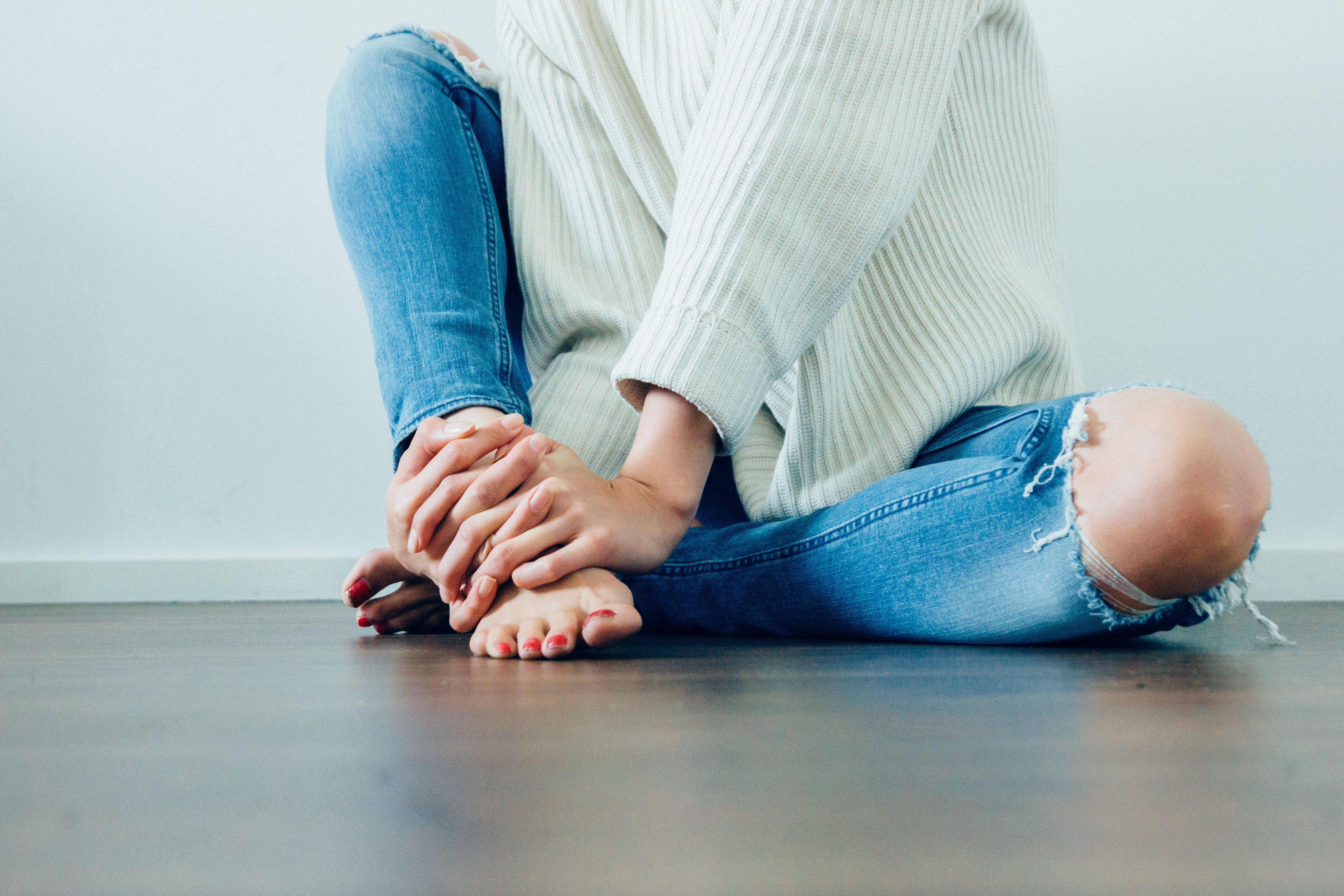Yes, I am doing it…I am going to talk about faeces. The truth is, as a Clinical Nutritionist, I actually spend a lot of time talking about and thinking about this f-word. Believe it or not, our poop is a great communicator. It actually tells us A WHOLE LOT about how our well our body is working as well as explaining the current state of our health and wellbeing.
The simple question of asking someone about their bowel movements, can see a healthy glowing facial expression change to a white, pale face clearly expressing the unmistaken look of disgust. The expression is usually not alone; certain inner physiological changes accompany this question too, including, increased sweat production, a fastened heart rate and nausea as well as the ever-so-obvious change in body language.
Why is it that we have such an aversion to our bodily waste? Why is it that we hate the idea, the concept, the act of ‘pooping’ so much? It’s like there is this unwritten rule for humans…you must hate poo and everything about it.
Well, sorry in advance, but Im going to harp on about it for a little bit.
The fact of the matter is that everyone poops. Everyone has scheduled bowel movements. There’s absolutely nothing shameful about it. In fact, its all part of the evolutionary process that we call LIVING.

The ‘Pooper Scooper’ On Poop
Lets start with the basics of poop or ‘bowel movements’, to be a little more socially acceptable.
Did you know that our poo is comprised of approximately three-quarters water? Yes, 75% of it is in fact fluid. This plays an important role in allowing for the efficient transportation of our metabolic waste through our systems as well as keeping our stools soft (and comfortable to pass!). The remainder 25% of our stool is a combination of bacteria, indigestible vegetable fibre (corn is usually the main character here) as well as toxins (e.g. food colouring) and cholesterol that the body wants to get rid of.
Did you know that the colour of your stool matters? The general colour of a human stool is brown to a yellowish-brown. Certain foods can change the colour of a stool, such as beetroot, which, when consumed and digested can make a stool more pink/red in colour. Leafy green vegetables can do the same, causing a stool with a slight green tinge. Always be on the lookout for a grey or black coloured stool. Whilst this can be due to harmless agents such as iron supplementation, it can also be cause for concern and should be checked with you healthcare practitioner.
Did you know that the shape of your stool matters too? A healthy digestive system, produces faeces with an optimum composition of water (fluid) and wastes (solids). This generally corresponds to types 3 or 4 on this thing called the Bristol Stool Chart – one my most used and favourite clinical tools! This chart is relatively new having being first produced in 1997 and it scales the shape/consistency of our poo on a scale of 1-7. Type 1 signifies constipation characterised by several hard lumps, Here, the stool usually stays put in our system for 100+ hours, hence the watery component of the stool is reabsorbed and we’re left with massive discomfort and hard-to-pass lumps. Type 7, on the other hand, signifies a watery liquid bowel movement, in other words, the ever pleasant diarrhoea. Here, the stool components are moving through the system in 10 or less hours, hence the water is not being absorbed and you’re left with a very watery stool. Type 3 and 4 both represent a log-shaped or S-shaped stool, this is the ‘ideal’ faecal shape. It is always beneficial to note, whether your faeces sinks and/or floats in the toiled bowl. This also provides a good indication into how efficient one’s digestion process is. If you are experiencing anything other than the ‘ideal’ stool is is best to check in with your healthcare practitioner to see if any lifestyle/dietary tweaks can be made.
The nose knows. Our poop is never going to smell like roses, but it shouldn’t smell totally pungent either. If it does, this could be a sign of malabsorption and could be linked to issues such as coeliac disease, irritable bowel syndrome, food allergies or infections.
Our bowel schedules do change and this is no cause for concern. Have you ever noticed that when on holiday, your bowel movements change, either for the better….or the worse? This is likely due to the travelling process (sitting idle in an airplane/train/bus/car/boat for a long journey), dietary change/s (may be eating more/less fibre, drinking more/less water, drinking more wine), lifestyle change/s (may be walking more, may be doing less high intensity training) etc. Normal is relative when it comes to when we poop, how much we poop etc. Whether you go every second day or you go at 9.26am every morning and again at 2.54 every afternoon, its all normal. The important thing to note is that you’re consistent in terms of your own routine and poop schedule. If you do notice a difference in output, first identify whether any of the above are in play i.e. dietary changes, medication/supplementation changes, lifestyle changes etc…if not, it is always best to consult your healthcare practitioner for a check up.
A little note on gas. Flatulence, whilst its embarrassing if it occurs in socially inappropriate situations, it is super effective and makes us all the more comfortable. Flatulence is the result of bacteria breaking down our food in our colons. The body absorbs some of it into the circulatory system and the rest it attempts to expel out the other end. It is completely normal and completely healthy.
If you made it here, you survived to tell the tale. See, reading about poop wasn’t all that bad!
The moral of this story folks, is to be loud and proud of your bowel movements. Let’s remove the stigma associated with this topic. Talking about it or checking in with your healthcare practitioner can do a lot more good than you know. Ill leave you to ponder this thought (and your own private toilet patterns)…and on another note, its Friyay! Happy weekend lovelies!

